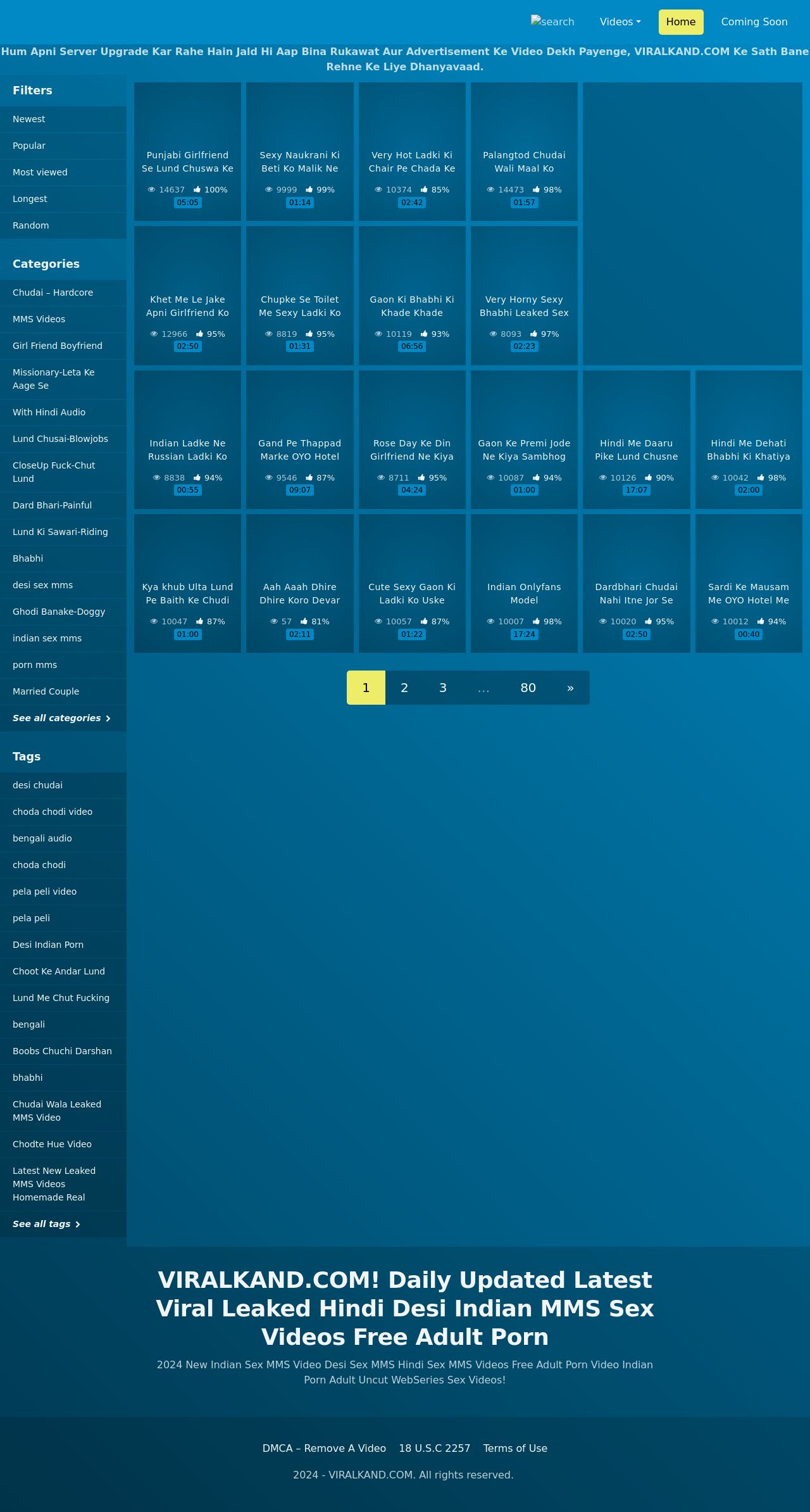So you wanna go viral? Who doesn’t, right? The idea of something you create—whether it's a video, meme, or even a simple tweet—reaching millions of people is super enticing. But what does it really take to make something go viral? It's not just about luck or being in the right place at the right time. There's actually a science behind it, and we're diving deep into that world today.
Going viral isn't just about getting famous overnight. It's about creating content that resonates with people, sparks emotions, and encourages sharing. Think about it—when was the last time you saw something online that made you stop scrolling and say, "This is worth sharing"? That's the magic we're chasing here.
In this article, we'll break down everything you need to know about making something go viral. From understanding the psychology behind viral content to practical tips you can implement right away, we've got you covered. So grab your favorite drink, get comfy, and let's dive in!
- Filmyfly Your Ultimate Movie Download Hub
- Filmyflyphd Your Ultimate Source For Latest Movies And Entertainment
Table of Contents
- What Does It Mean to Go Viral?
- The Psychology Behind Viral Content
- Best Platforms for Viral Content
- Types of Viral Content
- Effective Strategies to Go Viral
- Real-Life Viral Campaigns
- Common Mistakes to Avoid
- Measuring Viral Success
- The Future of Viral Content
- Wrapping It Up
What Does It Mean to Go Viral?
Let's start with the basics. Going viral means your content—be it a video, image, or article—gets shared rapidly across social media platforms, reaching a massive audience in a short amount of time. It's like a digital wildfire, spreading from one person to another until it's everywhere.
But here's the kicker: not all viral content is created equal. Some go viral because they're funny, others because they're shocking, and some because they tap into something deeply emotional. The key is understanding what makes people want to share your content.
And don't get me wrong, going viral can be life-changing. It can boost your brand's visibility, attract new followers, and even lead to lucrative opportunities. But it's not just about fame—it's about building a connection with your audience.
- Movie Rulez2 Com 2025 Telugu Download Your Ultimate Guide To Streaming And Downloading
- Unveiling The World Of Filmyflysouth Ndash Your Ultimate Movie Haven
The Psychology Behind Viral Content
Ever wondered why some content goes viral while others don't? It all comes down to psychology. People share content for different reasons, and understanding these reasons can help you craft content that resonates.
Emotional Triggers
Emotions play a huge role in viral content. If your content makes people feel something—whether it's happiness, anger, surprise, or awe—they're more likely to share it. Think about the viral videos that made you laugh uncontrollably or the posts that made you feel a deep sense of empathy.
Social Proof
People are more likely to share content if they see others doing it too. It's like a snowball effect. The more shares a piece of content gets, the more it's perceived as valuable or interesting.
Utility
Content that provides value or solves a problem is also more likely to go viral. Think about those "life hack" videos or informative articles that people share because they think it'll help others.
Best Platforms for Viral Content
Not all platforms are created equal when it comes to virality. Some platforms are more conducive to viral content than others. Here's a quick rundown:
- TikTok: The king of viral videos. With its algorithm favoring new and engaging content, TikTok is a great place to start if you're aiming for virality.
- Instagram: While it's harder to go viral on Instagram compared to TikTok, Reels and Stories offer great opportunities for viral content.
- Twitter/X: Short, snappy tweets with a hook or a joke can spread like wildfire on this platform.
- YouTube: Long-form video content can still go viral if it's well-crafted and taps into trending topics.
Types of Viral Content
There are different types of content that tend to go viral. Knowing which type suits your brand or message can increase your chances of success.
Video Content
Videos are king when it comes to virality. Whether it's a funny skit, a heartwarming story, or a how-to video, video content tends to get more shares and engagement.
Images and Memes
Visual content is super shareable, especially if it's funny or relatable. Memes, in particular, have a way of resonating with people and spreading quickly.
Articles and Infographics
While it might seem counterintuitive, well-researched articles and infographics can also go viral if they provide value or tackle trending topics.
Effective Strategies to Go Viral
Now that you understand the psychology and platforms, let's talk strategy. Here are some practical tips to help you increase your chances of going viral:
- Know Your Audience: Understand what your audience likes and dislikes. Tailor your content to their interests and preferences.
- Tap Into Trends: Jump on trending topics or hashtags to increase your visibility. Just make sure your content adds value and isn't just jumping on the bandwagon.
- Create High-Quality Content: Whether it's a video, image, or article, quality matters. People are more likely to share something that looks professional and engaging.
- Encourage Sharing: Make it easy for people to share your content. Use social sharing buttons and encourage your followers to share with their networks.
Real-Life Viral Campaigns
Let's take a look at some real-life examples of viral campaigns that did it right:
ALS Ice Bucket Challenge
Remember this one? The ALS Ice Bucket Challenge was a genius campaign that raised awareness and funds for ALS research. People poured ice-cold water over their heads and challenged others to do the same, all while donating to the cause. It was simple, fun, and incredibly effective.
Old Spice "The Man Your Man Could Smell Like"
This ad campaign was a masterclass in viral marketing. With its humorous and over-the-top approach, it captured people's attention and sparked conversations across social media.
Common Mistakes to Avoid
While there's no guaranteed formula for going viral, there are definitely mistakes you can avoid:
- Over-Complicating Things: Keep it simple and easy to understand. The more complicated your content is, the less likely it is to go viral.
- Ignoring Feedback: Pay attention to what your audience is saying. If they're not engaging with your content, it might be time to pivot.
- Being Too Salesy: People can smell a sales pitch from a mile away. Focus on creating value and building a connection instead of just trying to sell something.
Measuring Viral Success
How do you know if your content has gone viral? Here are some metrics to look out for:
- Shares: The number of times your content has been shared across different platforms.
- Engagement: Likes, comments, and reactions can indicate how engaged your audience is with your content.
- Views: The total number of views your content has received can give you an idea of its reach.
The Future of Viral Content
As technology evolves, so does the landscape of viral content. Augmented reality, virtual reality, and AI-generated content are just a few trends that are shaping the future of virality. Staying ahead of these trends can give you a competitive edge.
Wrapping It Up
Going viral might seem like a mysterious and elusive goal, but with the right strategies and understanding of human psychology, it's definitely achievable. Remember, it's not just about creating content—it's about creating content that resonates, inspires, and connects with your audience.
So, are you ready to take the leap and make something go viral? Share your thoughts in the comments below, and don't forget to check out our other articles for more tips and tricks. Let's keep the conversation going!
- Filmyfly Xyz Com 2023 Your Ultimate Guide To Streaming Movies Online
- Filmiflycom 2025 Your Ultimate Streaming Experience In The Future


